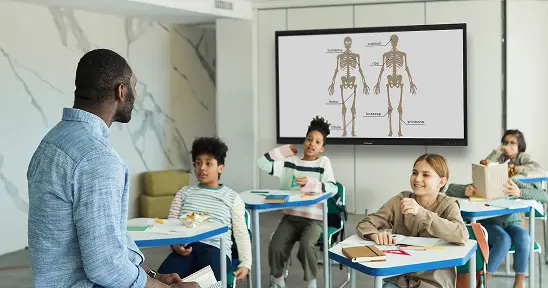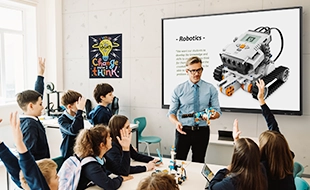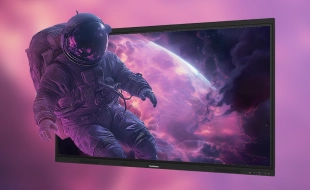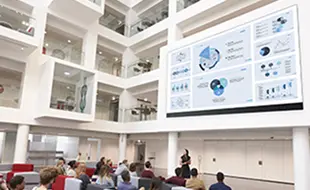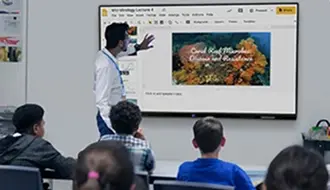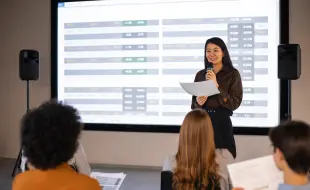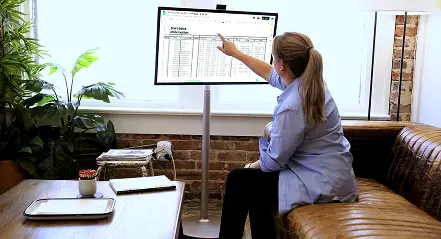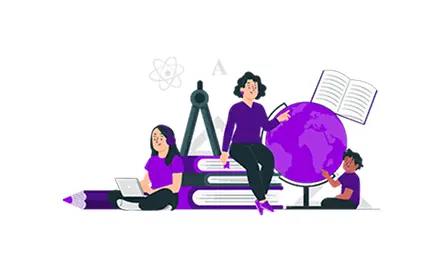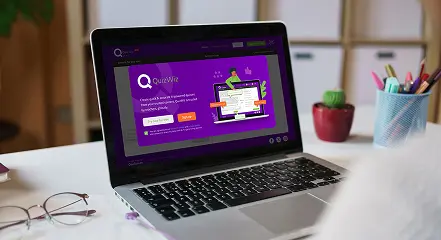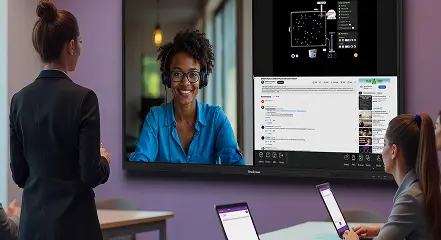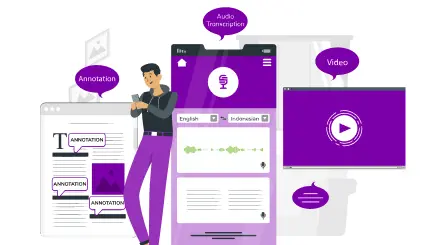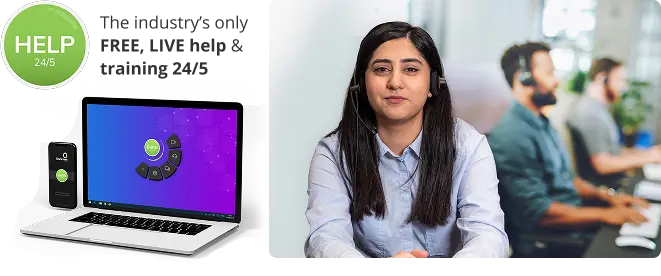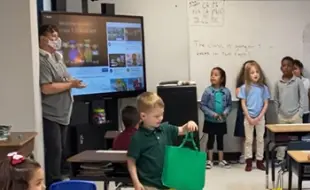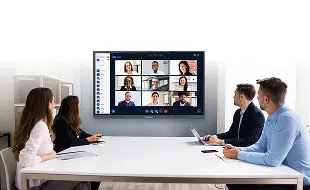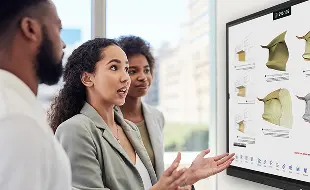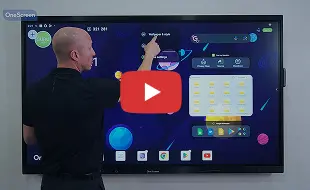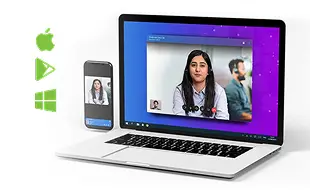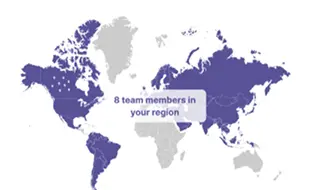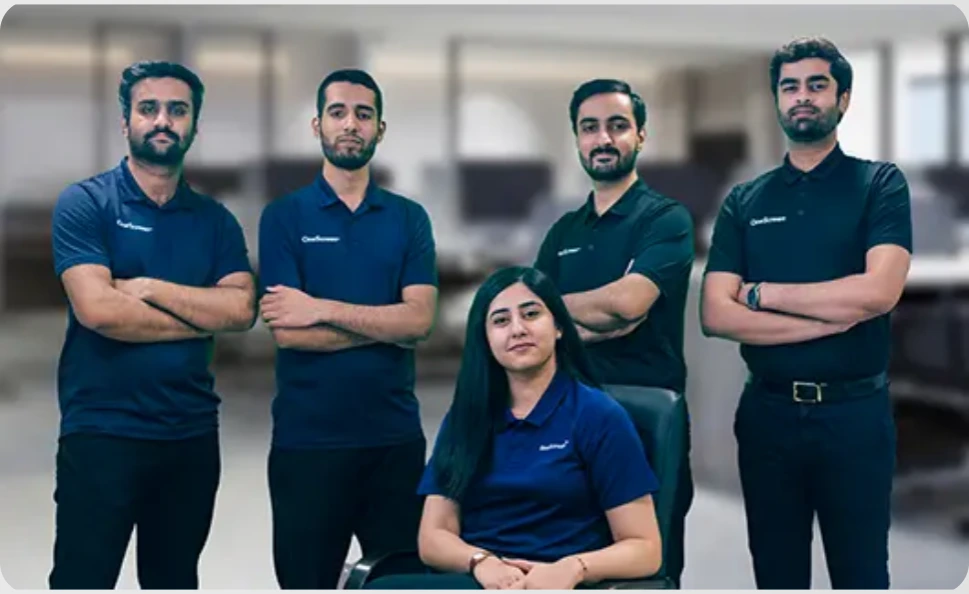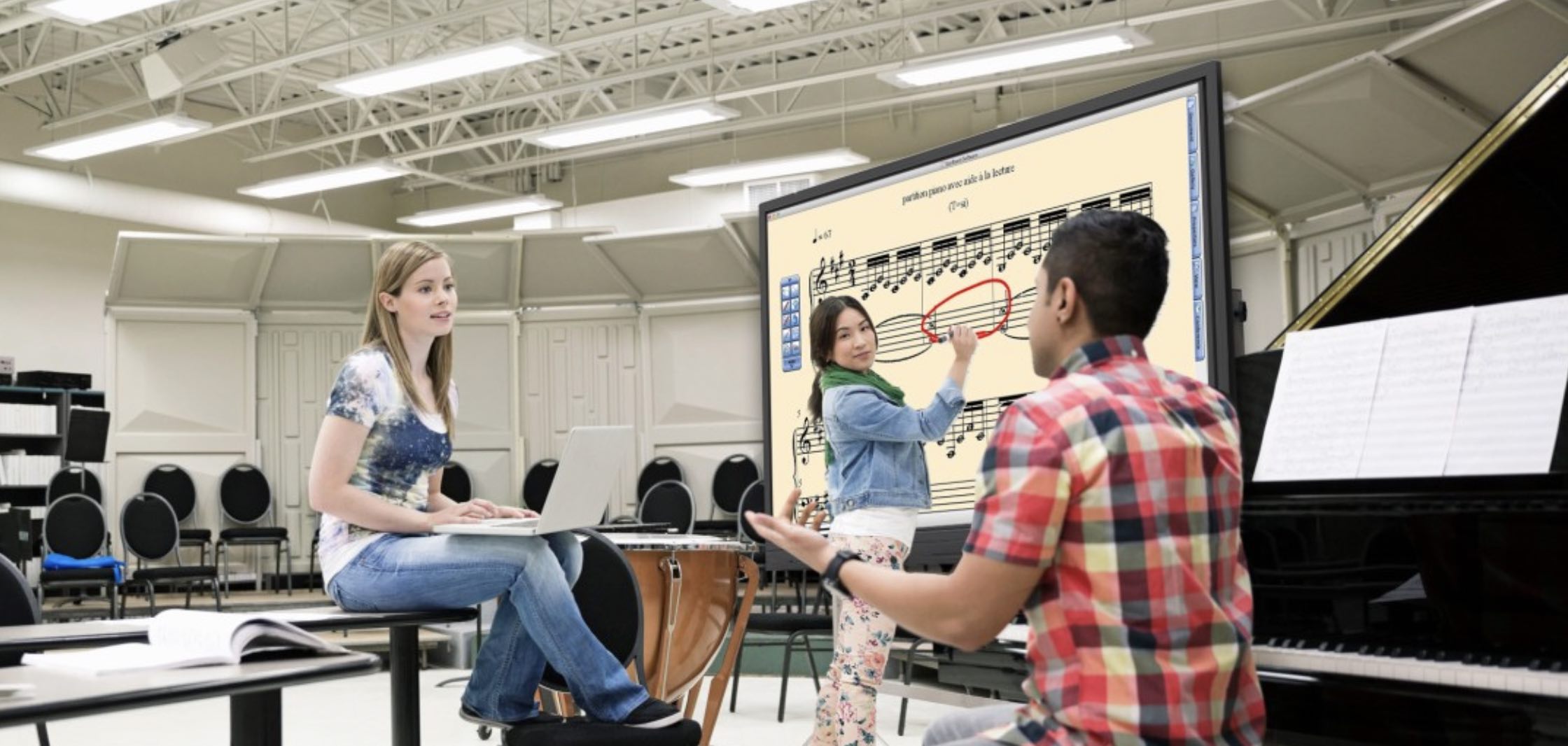
Touchscreens Benefit All 3 Learning Styles
How to Connect With Students With Different Learning Styles in The Digital Age
– Originally posted on LinkedIn Pulse –
As educational technology tools like touchscreens have become more prevalent in classrooms, the way in which students learn has begun to shift dramatically. With these new tools come new ways of engaging with the materials at hand.
Today, educators have many methods for connecting with students using varied learning styles, as well as original ways to span the diverse needs of unique, expanding minds like never before. Tech-enabled learning represents a new frontier and its positive impact is clear to see.
Looking at the 3 dominant learning styles — visual, tactile and auditory — it’s fascinating to see what touchscreen-based lessons can do for each one as well as what that indicates about future classrooms.
Seeing Is Believing – Lessons for Visual Learners
Visual learners appear to be the most prevalent of learning styles — 65% of students learn best visually. Visual learners retain the most information when interacting with visual objects. Things such as images, charts, graphs, diagrams, and even maps help them retain information well. Students in higher education learn well through watching lectures, as well as taking visual notes to which they can refer back to. They are typically driven by aesthetics and are acutely aware of things such as body language.
The vivid and large-scale displays made possible by touchscreens allow a world of visual possibilities to emerge. Some interactive screens from EdTech providers like OneScreen offer displays in 4k definition, allowing users to zoom in and out with ease and clarity. Students can engage in fully immersive videos that bring people, places, and ideas throughout history to life. Color-coded visual aids, such as graphs and diagrams, are easier to read and comprehend. Younger students can learn through visual stimuli that gesture to symbols, colors, and animations to portray concepts in an engaging and stimulating way. One U.S. study found that 3rd grade students’ memory and concentration were improved through the application of color codes to language arts via touchscreens. Students in higher education as well can create complex, multi-faceted visual aids to conceptualize and engage with ideas and information in a method that speaks best to them, as well as present findings to their peers.
The limitations of location are eradicated when visually driven students in higher education can tune in to lectures from all over the world. Rather than listening to lectures, or simply reading about faraway places, people from history, science, and art, they can experience it all through captivating visuals — the next best thing to experiencing them in real life. Imagine the impact of venturing into outer space or studying the masterpieces of the Italian Renaissance in a medium that allows students to interact more acutely, see more vividly, and relish the details. It presents a reimagined pathway for students to draw connections and retain visual concepts, inspiring them to reach deeper.
Auditory
Auditory learners receive information most effectively when soaking up verbal lessons, presentations, and instructions. You’re much more likely to find them totally captivated by an audible lecture than with their nose buried in a textbook. They prefer to be told how to do things rather than reading how or attempting to figure it out themselves, and more easily memorize facts and ideas that they hear aloud from instructors. Auditory learners are drawn to music, enjoy working with sound, listening closely, and communicating verbally in order to learn and share ideas with their instructors and peers.
When you imagine a touchscreen, its audio capabilities probably aren’t what first come to mind. However, touchscreens offer a kind of synchronicity with sound which integrates more easily and effectively than with other learning mediums. For students in early education, software that enables speaking exercises and combines speech with reading are hugely beneficial. 10-watt speakers and Bluetooth compatibility, in models such as OneScreen’s TL6, bring music, poems, and lectures to life. Text-to-speech capabilities that transform static words to sound accommodate not only auditory learners, but students with visual impairments. The ability to translate text audibly breaks down language barriers and supports ESL students as well.
Kinesthetic/Tactile
The way in which kinesthetic, or tactile, minds learn best is through touch — and it’s not a far stretch to imagine how they might find touchscreens beneficial. Kinesthetic learners like to take an active role in the information they receive, often participating in it physically. The act of writing things down helps them remember what they’ve learned. They enjoy using their hands to make things, learning best through touch and physical manipulation. Fields such as math and science resonate with kinesthetic learners as they often rely on trial and error, and the act of physically figuring ideas out themselves.
It’s easy to understand the more obvious ways in which kinesthetic learners bode well with touchscreens through the act of touch alone. In fact, children performed better across the board when they had access to touching interactive displays as part of their learning experience. For younger students, another study showed that feeling the shape when outlining words and experiencing even the most basic concepts through touch can lead to increased engagement and a higher level of understanding. The same study showed that for students with physical limitations, the heightened touch sensitivity can be easier to navigate than the precise motor skills needed to operate smaller interfaces, such as an iPad or laptop. And for students with behavioral issues such as attention deficit disorder (ADD), interacting physically with a large interface can improve focus and behavior.
Especially when considering STEM, kinesthetically driven students can work out complex ideas, theories, and equations, concepting physically in a more innovative and instinctual way than with traditional whiteboards. Coincidentally, kinesthetic learners are more inclined to work in group settings. Touchscreens are collaborative by nature, affording students the unique ability to share ideas and interact with concepts physically, and as a team.
Touchscreens Are Unlocking the Potential of Visual, Auditory, and Kinesthetic Learning Styles
Touchscreens approach education in an intuitive and multi-sensory way, touching upon each of the diverse ways in which students learn. The addition of a touchscreen is an excellent way to reach all students, tailoring curriculum to meet their bespoke needs individually, and with ease. The features with which to do so are apparent and easy to implement into the existing classroom structure at surface level. However, with a little dash of imagination, the creative applications of the technology at hand to bolster and breathe life into the pursuit knowledge are expansive. When it comes to touchscreens, the sky is the limit.
Sources:
“Classification of Visual and Non-visual Learners Using Electroencephalographic Alpha and Gamma Activities” National Library of Medicine,
https://www.ncbi.nlm.nih.gov/pmc/articles/PMC6513874/
“Technology in the Classroom: The Benefits of Smart Boards – TeachHUB.” TeachHUB,
https://www.facebook.com/TeachHUB. Social, 7 Oct. 2019, https://www.teachhub.com/technology-in-the-classroom/2019/10/technology-in-the-classroom-the-benefits-of-smart-boards/.
Vetter, Tim. “5 Ways Interactive Whiteboards Can Transform Your Classroom | W&P.” Whiteboards and
Pinboards, Whiteboards and Pinboards, 22 May 2019, https://www.whiteboardsandpinboards.com.au/5-ways-interactive-whiteboards/.
Xie, Heping et al. “Can Touchscreen Devices be Used to Facilitate Young Children’s Learning?
A Meta-Analysis of Touchscreen Learning Effect.” Frontiers in psychology vol. 9 2580. 18 Dec. 2018, doi:10.3389/fpsyg.2018.02580

 EN
EN  US
US  CA
CA  CO
CO  MX
MX  AE
AE  UK
UK  ES
ES  PK
PK 